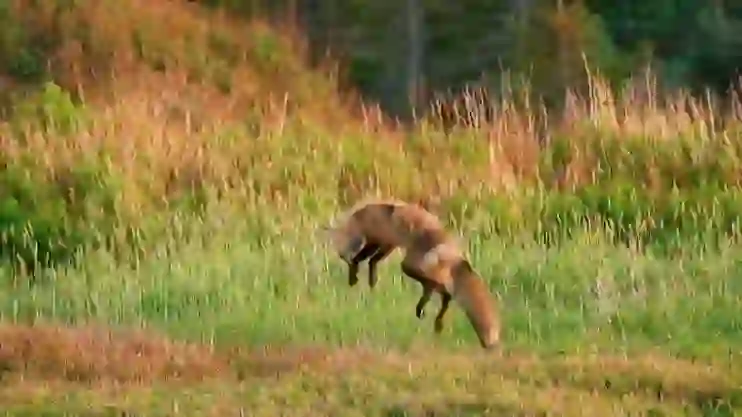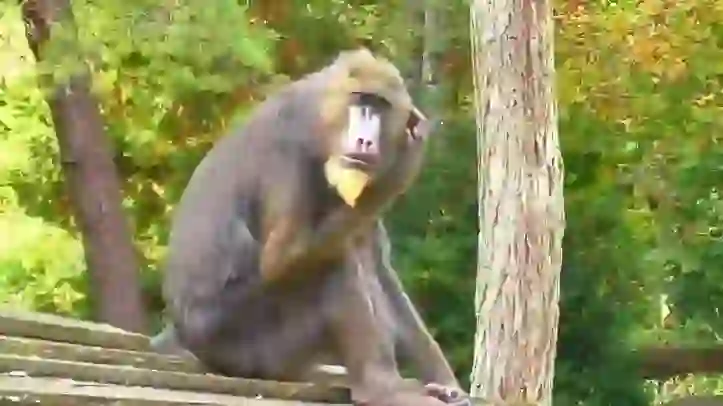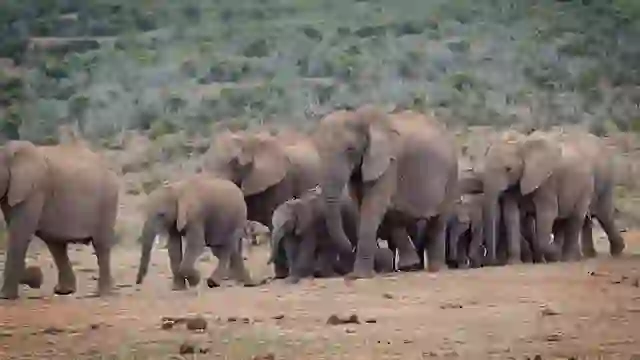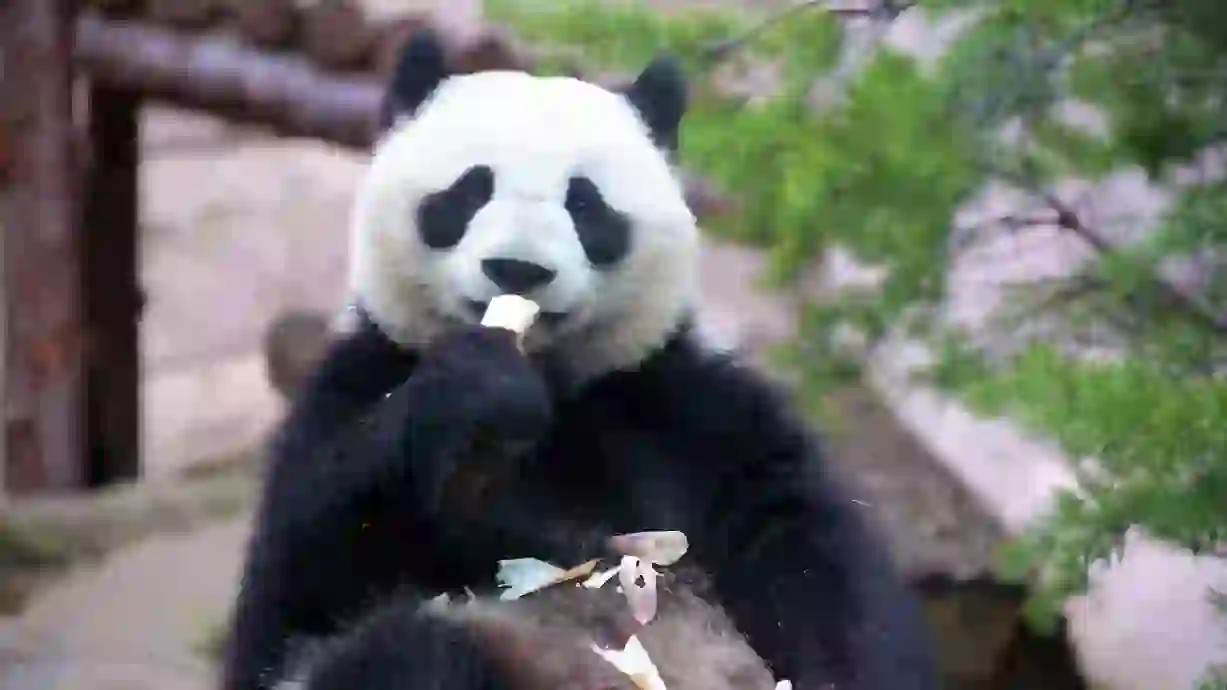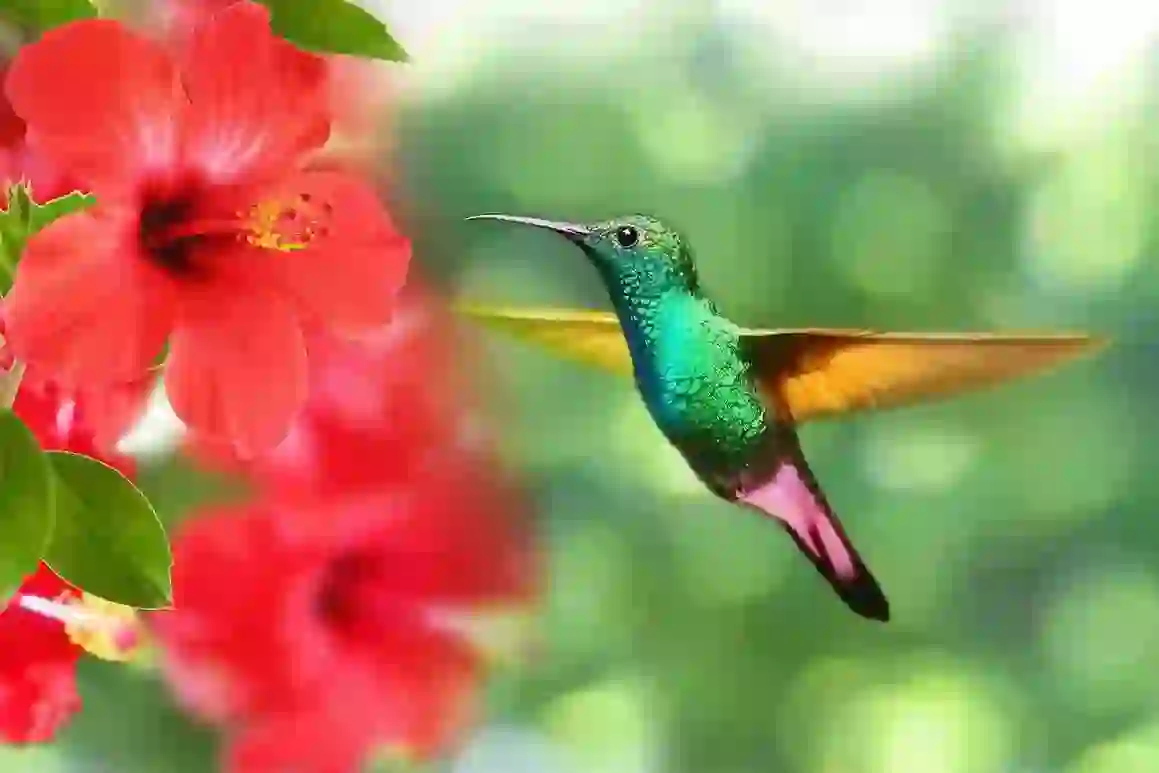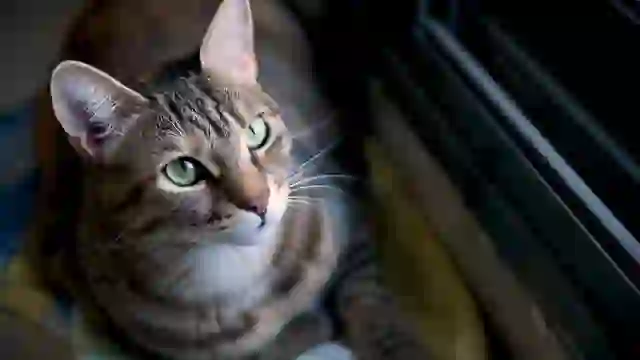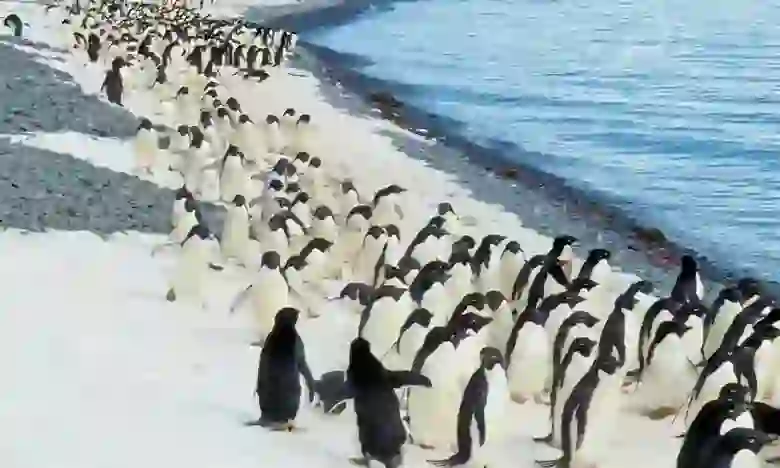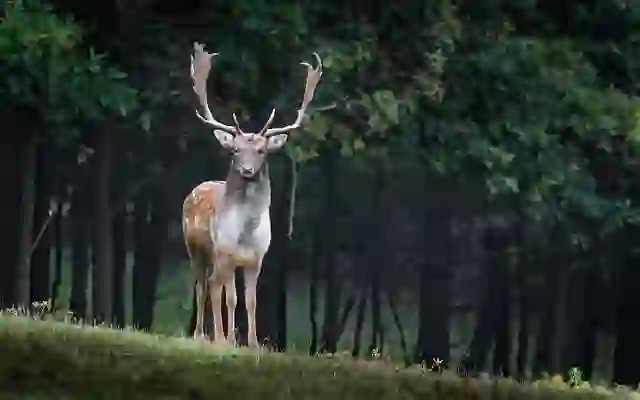
Lappet-faced Vulture
Lappet-faced Vulture
Lappet-faced Vulture
The lappet-faced vulture, a massive bird of prey, soars majestically through the African skies. They are among the largest of the vultures, commanding attention with their imposing presence. Let's explore the fascinating world of the lappet-faced vulture, their role as nature's cleanup crew, and the threats that jeopardize their survival.
Lappet-faced Vulture Basic Infomation
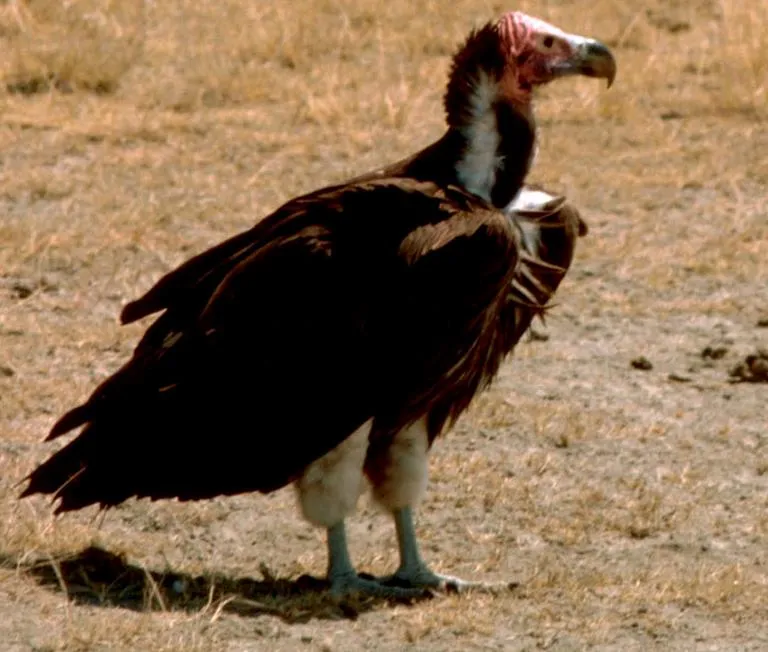
| Property | Value |
|---|---|
| Scientific Name | Torgos tracheliotos |
| Taxonomic Status | SPECIES |
| Rank | SPECIES |
| Vernacular Names | Lappet-faced Vulture, Nubian Vulture |
| Kingdom | Animalia |
| Phylum | Chordata |
| Class | Aves |
| Order | Accipitriformes |
| Family | Accipitridae |
| Genus | Torgos |
| Habitats | Sub-Saharan Africa |
| Conservation Status | Endangered (EN) |
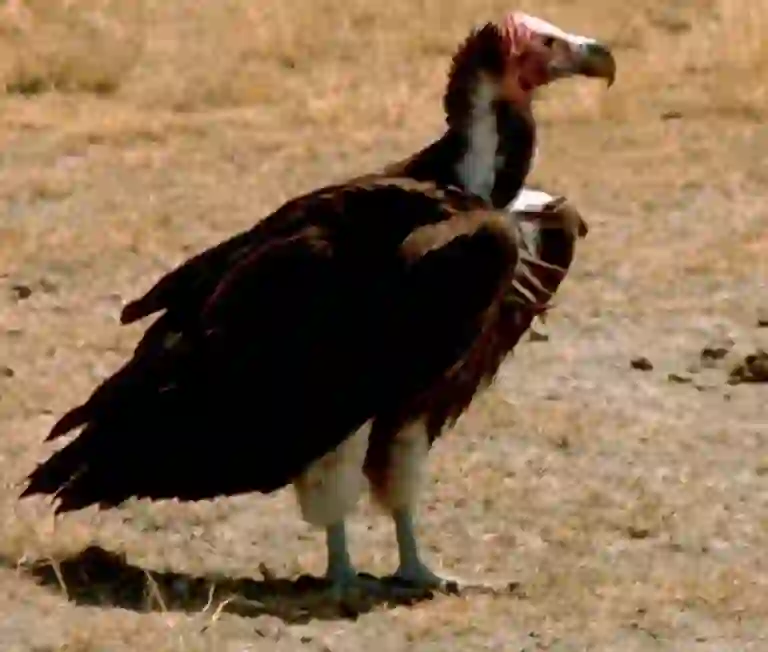
Size
They are about 37 to 45 inches (95 to 115 centimeters) long with a wingspan of about 8.2 to 9.8 feet (2.5 to 2.9 meters). They weigh about 13 to 24 pounds (6 to 11 kilograms). Females are larger than males.

Lifespan
Their lifespan in the wild is estimated to be about 40 years.

Distribution
They are widely distributed in sub-Saharan Africa. They prefer open savannas and arid regions.
Lappet-faced Vulture Q&A

What kind of vulture is the lappet-faced vulture?
The lappet-faced vulture is a large Old World vulture belonging to the genus Torgos.
They are the largest vulture in Africa, with their size and powerful physique dominating the skies. In English, they are called the 'Lappet-faced Vulture' or 'Nubian Vulture'. They play a vital role as scavengers in the ecosystem, efficiently cleaning up carcasses. They use their strong beaks to rip through hides and flesh and are capable of crushing bones. They are often seen chasing away other vultures to monopolize a meal due to their size and strength. While they may scavenge alone, they often travel in pairs. They build their nests high up in trees, constructing them from branches and leaves. Females usually lay a single egg. The egg hatches after about 56 days, and the chick fledges after approximately 160 days. Both parents share the responsibility of raising their young.

What do lappet-faced vultures eat?
Lappet-faced vultures primarily feed on carrion (the carcasses of dead animals), but they rarely attack live prey.
They use their sharp beaks to tear through the skin and flesh of carcasses. They are also capable of crushing bones. They have a preference for the carcasses of large mammals, such as wildebeest, zebra, and buffalo, and will swoop down from the sky to feed when they spot these remains. They may chase away other vultures to monopolize a meal. They will also eat small reptiles, birds, and insects. They are very adaptable in their diet.

[Quiz!] Do lappet-faced vultures get along with other vultures?
While lappet-faced vultures may sometimes feed alongside other vultures, they often try to chase them away and monopolize a meal.
Their size and strength give them dominance over other vultures. They may even steal carcasses discovered by other vultures. However, there are times when they cooperate with other vultures. For example, when a larger vulture, such as a cinereous vulture, tears open the hide of a carcass, the lappet-faced vulture can access the meat through the opening. They have a complex relationship with other vultures.

[Quiz!] Why are lappet-faced vulture populations declining?
The lappet-faced vulture is listed as 'Endangered' (EN) on the IUCN (International Union for Conservation of Nature) Red List.
Their numbers have been rapidly declining in recent years, and they are facing a severe threat of extinction. The main reason for their decline is human activity:
・Habitat loss: Human development is destroying their savanna and grassland habitats.
・Poaching: They are targeted by poachers for their feathers, talons, and beaks, which are highly valued in the illegal wildlife trade.
・Poisoning: They can be poisoned by consuming pesticides or poisoned bait.
・Collisions with power lines: They are often killed by collisions with power lines.
To protect lappet-faced vultures, it is crucial to conserve their habitat, prevent poaching, regulate the use of poisons, and mitigate collisions with power lines. We must also be aware of the current situation of lappet-faced vultures and take action to protect them.

Would you like to become a part of the 'Animalbook.jp'?
Turn your knowledge into Q&A and share it with the world. ※Publication will be activated after purchase. Let's share information together!
Lappet-faced Vulture Type of List

Characteristics of the Lappet-faced Vulture
- Africa's largest vulture
- About 37 to 45 inches (95 to 115 centimeters) long
- Wingspan of about 8.2 to 9.8 feet (2.5 to 2.9 meters)
- Weigh about 13 to 24 pounds (6 to 11 kilograms)
- Females are larger than males
- Feathered head and neck
- Adults have a white ruff of feathers around their necks
- Scavengers that feed on animal carcasses
- Skilled at crushing and eating bones
- Often chase away other vultures to monopolize food
- Usually found in pairs
- Build their nests high up in trees
- Widely distributed in sub-Saharan Africa
- Endangered (EN)
Information
Congratulations! You are the first commenter!

Create Your Favorite List!
Lappet-faced Vulture
Save the animals you love! Build your own list to quickly revisit your favorites later.

Would you like to leave a comment?
※Please note: This is for the purchase of rights to post comments within the article.
Find Your Favorites!
Our shop offers a unique and attractive selection of goods themed around various animals.
Lappet-faced Vulture References
Lappet-faced Vulture Introduction of media used

From Wikimedia Commons, the free media repository

Help Enrich Our Animalbook.jp with Your Media!
We are constantly looking to expand and enrich our Animalbook.jp with amazing photos and videos of animals. If you have any media that you'd like to share, please contribute and help us showcase the beauty and diversity of the animal kingdom. Your submissions will be credited and featured in our encyclopedia, reaching a wide audience of animal lovers.



